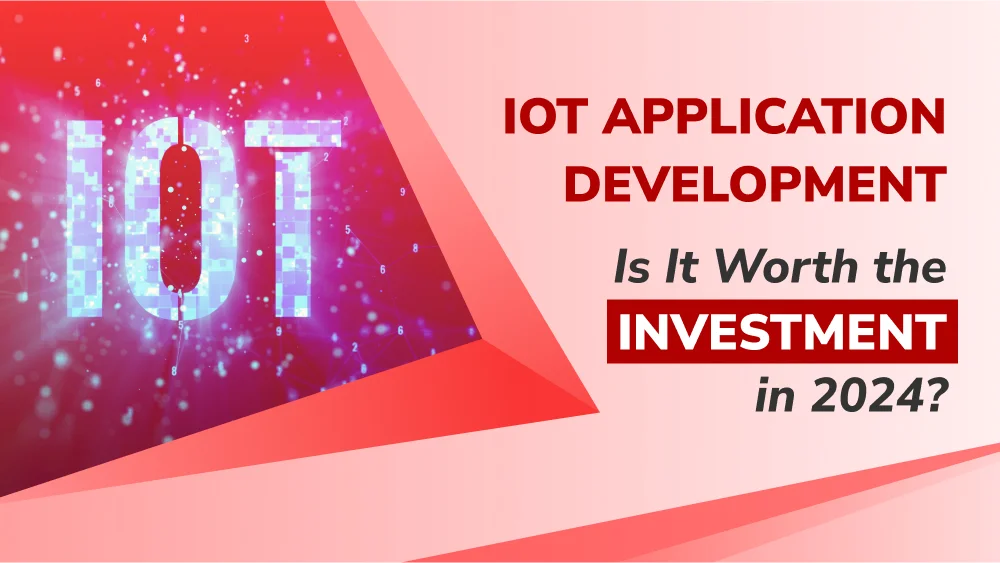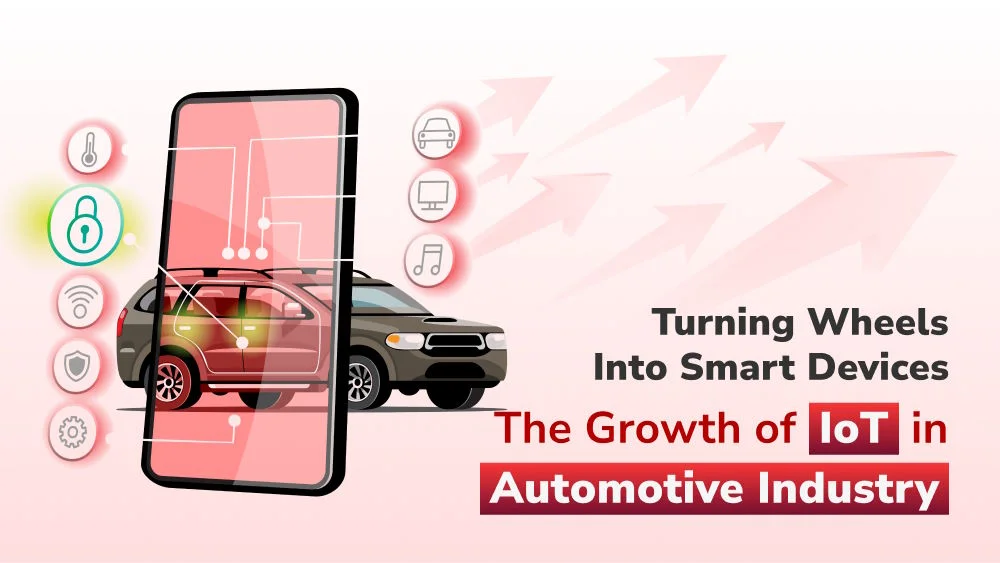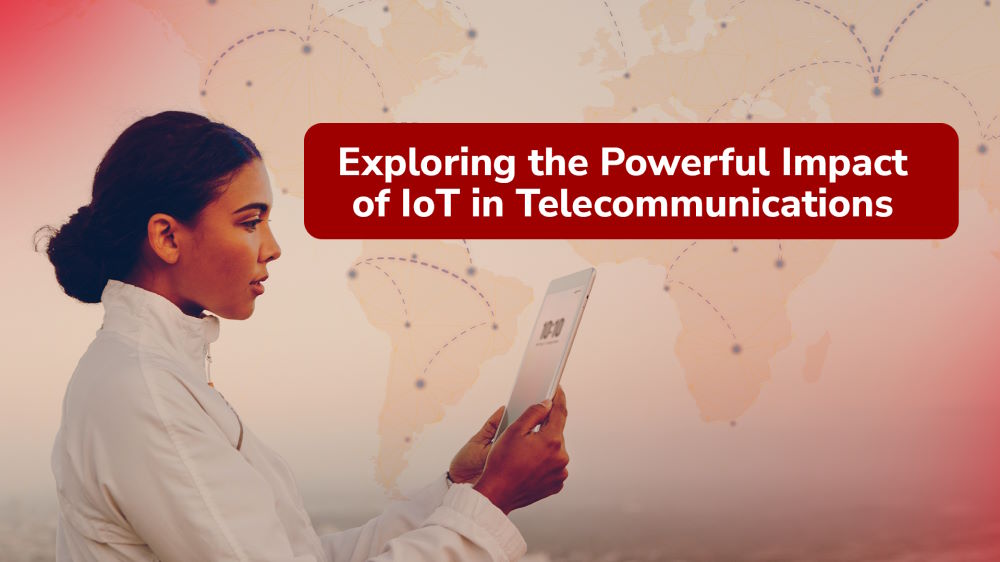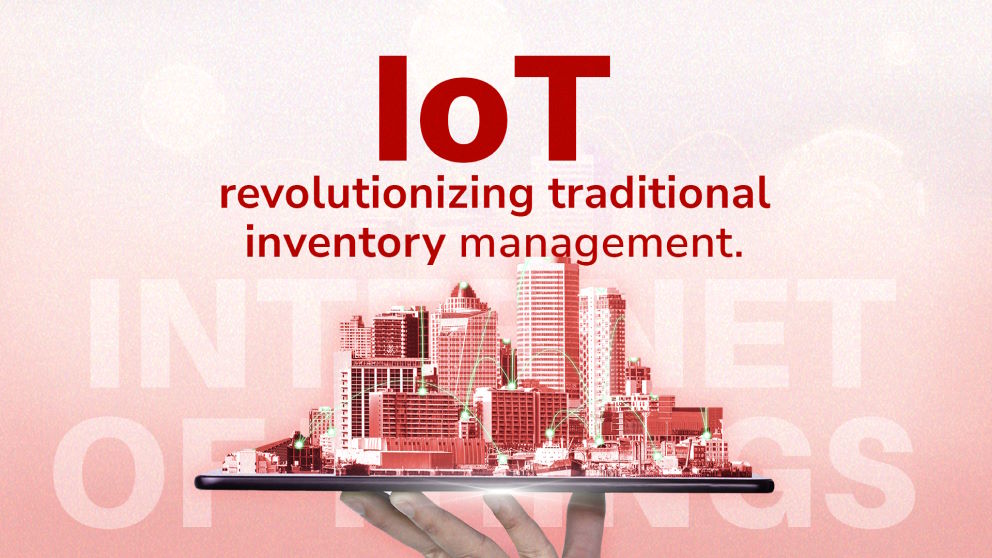The Future of IIoT: What Trends to Expect in 2022 & Beyond
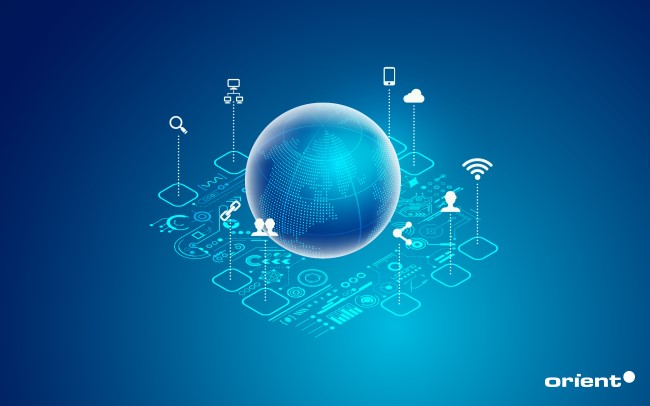
Content Map
More chaptersThe industrial internet of things (IIoT) is growing rapidly, and advancements are being made every day in this exciting new field. While there’s no certainty what will happen in 2022 and beyond exactly, there are some trends that are likely to emerge. Therefore, we are going to outline some trends expected to rise in the future of IIoT.
What Is Industrial Internet of Things (IIoT)?
Industrial internet of things or simply IIoT is a term used to describe the networking of physical objects and devices with embedded sensors, software, and communication capabilities. These IoT devices can collect, exchange, and process data with each other and with external systems to improve efficiency, productivity, and safety, such as customer relationship management (CRM) or enterprise resource planning (ERP) systems.
IIoT is driving a new wave of digital transformation, which is transforming industries such as manufacturing, transportation, and energy. By connecting devices and systems to the internet, IIoT enables companies to collect and analyze data in real-time, making it possible to optimize operations and improve performance.
10 Key Benefits of Industrial IoT
IIoT can take on many forms, including smart factories, autonomous vehicles, and predictive maintenance systems. It promises to offer a range of benefits for enterprises and governments, such as:
Improved Operational Efficiency
Companies can use IIoT to boost performance and optimize the value of their assets. For example, manufacturers are using IIoT-enabled processes to improve production accuracy, forecast demand more accurately, and cut waste.
Increased Productivity
With real-time visibility into operations, IIoT allows enterprises to improve compliance with safety regulations and reduce time to resolve accidents and equipment issues.
Proactive Maintenance
IIoT enables predictive rather than reactive maintenance systems. This will allow companies to reduce unplanned downtime, increase equipment availability, and improve safety, increasing their operational efficiency.
Improved Quality Control
IIoT devices used across the value chain can create a flow of data that gives manufacturers and their customers a better understanding of product quality. This means companies can improve production processes, identify issues early on in the supply chain, and work more closely with their suppliers to protect customer satisfaction and brand reputation.
Enhanced Security
Connected devices, such as smart sensors used in geographical monitoring or autonomous vehicles equipped with video cameras and microphones, have the potential to capture vast quantities of data. IIoT enables companies to secure this data while also protecting against cyber-attacks targeting operational technology systems.
Reduce Operating Costs
IIoT can help companies save money by eliminating the need for expensive third-party maintenance, monitoring equipment performance more closely, and enabling remote diagnostics.
Improve Customer Service
IIoT has the potential to transform the way customers interact with products. For example, connected devices within cars can generate high volumes of data that allow manufacturers to continuously improve their products and give drivers access to new features at the touch of a button.
New Revenue Stream
In addition to improving operational efficiency, IIoT can enable companies to create new business models that enhance customer value chains. For example, connected devices used in Internet-connected cars could offer insurance providers insights into driver behavior patterns or provide information about traffic congestion to local authorities.
The Future of IIoT: 10 Trends Coming in 2022
IoT technologies and the Industrial Internet of Things (IIoT) are transforming manufacturing, transportation, and energy. Connectivity is allowing companies to generate new business models and improve performance through better data-driven insights. Get a glimpse of ten trends you can expect for the future of IIoT.
More Connected Devices
The number of IIoT-connected devices is expected to double by 2022. The next generations of IIoT devices are being designed to support current emerging technologies, such as artificial intelligence, the cloud, machine learning, mobility, virtual reality, and augmented reality. These “smarter” devices are also focusing on increased interoperability to support telemetry data exchange among the web of things (WoT).
IIoT Manufacturing as a Service
Industrial IoT Manufacturing as a Service is a new approach to manufacturing based on a pay-as-you-go model in which all components are delivered or sourced from third parties. In this type of arrangement, manufacturers agree to maintain certain standards and specifications but have the freedom to choose the specific technologies used for implementation. Many believe that this trend will partially shape the future of IIoT by 2022.
Cloud and Edge Computing
The use of cloud and edge computing will grow quickly, with the ability to collect data from remote devices on the edge of a network. The latest generation of IIoT devices can communicate and deliver important information and instructions via local gateways that connect them directly with the cloud for near-instantaneous access by an application or service. With this type of implementation, latency is reduced, and response time improves.
Predictive Maintenance
Another Industrial Internet of Things trend expected in 2022 is predictive maintenance. As IIoT technologies continue to advance, manufacturers can predict potential failures in the operational process while a device or system is still online and within its warranty period. This type of analysis allows companies to minimize unscheduled downtime while improving overall equipment performance, reducing costs, and increasing uptime.
Process Data Management
To extract valuable insights from IIoT data, manufacturers need to deploy advanced analytics that can quickly process massive amounts of information. Therefore, by 2022, process data management (PDM) will majorly focus on manufacturers as they implement Industrial Internet of Things solutions to connect remote devices and/or sensors through the IIoT. This will allow them to collect and analyze vast amounts of data from their operations and individual processes while also protecting it against cyber-attacks. Manufacturers will also need many connected devices to support the intelligent connection of information, analytics, and the translation of data across systems.
Digital Twins
Digital twins is a newer concept in the Industrial Internet of Things where it provides a virtual representation of physical objects and enables these objects to interact with each other and external users. With this technology, IIoT devices can be monitored online, with the end goal of optimizing performance, predicting faults, and decreasing downtime. By 2022, digital twins (virtual replicas) will be used as an important IIoT trend for monitoring and managing remote equipment and assets. Manufacturers can also use digital twins to bring together data from multiple devices and sensors to create a composite view of the system for effective decision-making.
Location Tracking
Location tracking is an IIoT application that enables companies to monitor the location and condition of assets, equipment, and personnel in real-time. Location tracking tools can improve efficiency in manufacturing operations by ensuring that materials are available when needed. It also enables manufacturers to understand where their products are in the supply chain, making it easier to identify potential problems and delays.
Since this technology uses real-time data streams, it will be a major focus for IIoT implementation in 2022. By collecting information about location and movement, this technology offers insights into the whereabouts of assets and goods. In the future of IIoT, location tracking will have a greater impact on industries such as transportation and logistics.
Blockchain IIoT for Supply Chain
Manufacturers are required to meet customer demands for transparency in their supply chains, which can include certifications and audits. Blockchain technology is an effective way that manufacturers can reach this goal of transparency by 2022.
Blockchain-powered supply chain solutions will also help maintain product integrity throughout the entire supply chain process, even after it leaves the factory floor. Blockchain IIoT solutions will be adopted by manufacturers as a way to provide greater visibility into their supply chains, making it easier to meet customer demand for transparency and product quality.
Smart Manufacturing
In 2022, smart manufacturing will be a major IIoT trend that provides a single view of all factory activities and helps companies improve operational efficiency. Smart manufacturing can help manufacturers detect anomalies in their workflows to prevent potential issues before they become a problem. With this technology, manufacturers have access to real-time information about the status of machines and production processes. This includes data on motors, pumps, and other equipment on the factory floor.
Machine Learning
Manufacturers must make smart decisions about their products and how they manage their assets to remain competitive. Machine learning can help manufacturers by identifying patterns in processes and workflows that can lead to greater efficiency. In addition, machine learning can predict issues within a process before they happen to help reduce downtime and improve the factory’s overall health.
By 2022, as IIoT adoption increases to connect more devices together, machine learning will play an increasingly important role in manufacturing to provide real-time analytics. It can also help manufacturers learn from their data to find actionable insights that transform business outcomes.
Conclusion
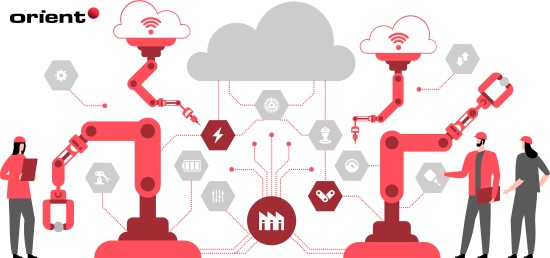
The future of IIoT is bright, and we’re excited to see where it takes us. We hope this article about industrial IoT has given you some helpful insight into what trends are on their way in 2022 and how they can benefit your business.

